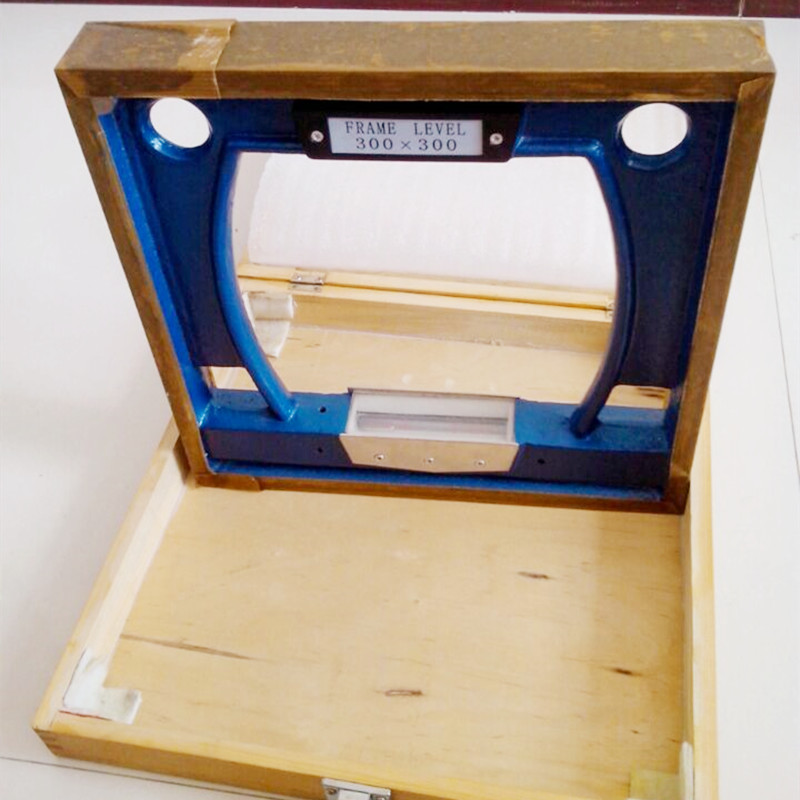دېكابىر . 03, 2024 14:51 Back to list
Understanding the Functionality of Distributor Check Valves in Fluid Systems
Understanding Distributor Check Valves An Essential Component in Fluid Control Systems
In industries where fluid management is critical, the distributor check valve plays a vital role in ensuring the efficient and safe operation of systems. These valves are designed to permit fluid flow in one direction while preventing backflow, maintaining the integrity of systems that rely on precise fluid distribution.
What is a Distributor Check Valve?
A distributor check valve is a type of valve that is strategically placed within a fluid control system. Its primary function is to allow the flow of fluids—whether gases or liquids—through pipes, while simultaneously preventing reverse flow. This is particularly important in applications where back pressure or suction could lead to system failure or contamination.
These valves are commonly used in various industries, including oil and gas, water treatment, food and beverage production, and HVAC systems. Their application ensures that various processes can operate smoothly and safely.
Operating Principle
The basic operating principle of a distributor check valve revolves around pressure differences. When fluid flows in the intended direction, it exerts pressure on the valve's seat, pushing it open and allowing fluid to pass through. Conversely, when back pressure occurs, the valve closes automatically, preventing any fluid from flowing backward. This mechanism is typically achieved through the use of a spring-loaded disc or a ball that seals against the valve seat when the flow reverses.
Types of Distributor Check Valves
Distributor check valves come in various designs to suit different applications. Some common types include
1. Swing Check Valves These valves feature a hinged disc that swings open with forward flow and closes against the seat with backflow, offering minimal resistance to the fluid when open.
2. Lift Check Valves Utilizing a rising disc, lift check valves open when fluid pressure is sufficient to lift the disc off the seat. They provide a tighter seal and are suitable for high-pressure applications.
distributor check valve

3. Ball Check Valves These consist of a ball that sits on a seat. Forward flow lifts the ball, allowing passage, while reverse flow drops the ball back into place for sealing.
4. Diaphragm Check Valves These valves use a diaphragm to facilitate fluid flow. As fluid pressure increases, the diaphragm flexes, allowing flow while sealing during back pressure situations.
Benefits of Using Distributor Check Valves
The incorporation of distributor check valves in fluid systems offers numerous benefits
- Preventing Contamination By stopping backflow, these valves help maintain the purity of fluids, especially in systems handling potable water and food products.
- System Efficiency Without backflow, fluid systems can maintain optimal pressure and flow rates, enhancing overall efficiency.
- Safety Assurance In critical systems, such as those handling hazardous materials, the prevention of backflow can be crucial for safety, protecting both personnel and equipment.
- Easy Maintenance Many distributor check valves are designed for easy access and maintenance, reducing downtime and associated costs.
Conclusion
In conclusion, distributor check valves are indispensable components in fluid control systems across various industries. Their ability to facilitate unidirectional flow while preventing backflow not only enhances system efficiency but also ensures safety and reliability. As industries evolve and demand more sophisticated fluid management solutions, the importance of robust check valve systems will continue to grow. Understanding their types, functions, and benefits allows engineers and operators to select the most appropriate valves for their specific needs, ultimately contributing to successful operations in an increasingly complex industrial landscape.
-
Precision Manufacturing with Advanced Spline Gauge DesignNewsJul.31,2025
-
Industrial-Grade Calibrated Pin Gauges for Exact MeasurementsNewsJul.31,2025
-
Industrial Filtration Systems Depend on Quality Filter DN50 SolutionsNewsJul.31,2025
-
High-Performance Gate Valve WholesaleNewsJul.31,2025
-
Granite Surface Plate The Ultimate Solution for Precision MeasurementNewsJul.31,2025
-
Granite Industrial Tools The Ultimate Guide for Bulk BuyersNewsJul.31,2025
Related PRODUCTS









